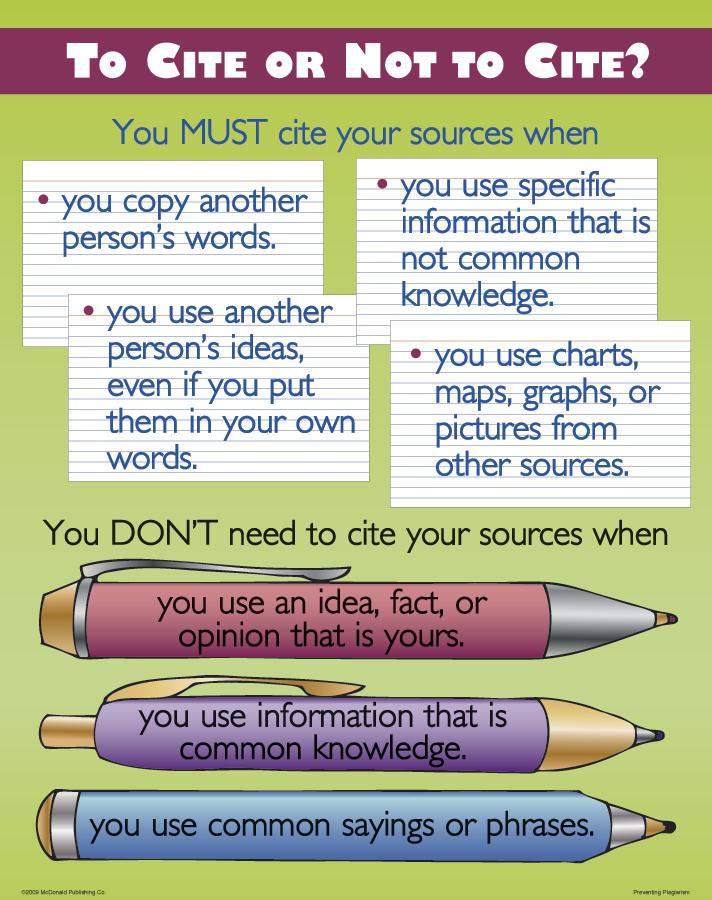
We refer students to this “Quick Guide” from the Chicago Manual of Style for use at Kalamazoo College in the Department of Religion. Students should consult with professors to be sure their citations are accurately formatted. Please familiarize yourself with this guide so you are familiar with the differences between these styles.
